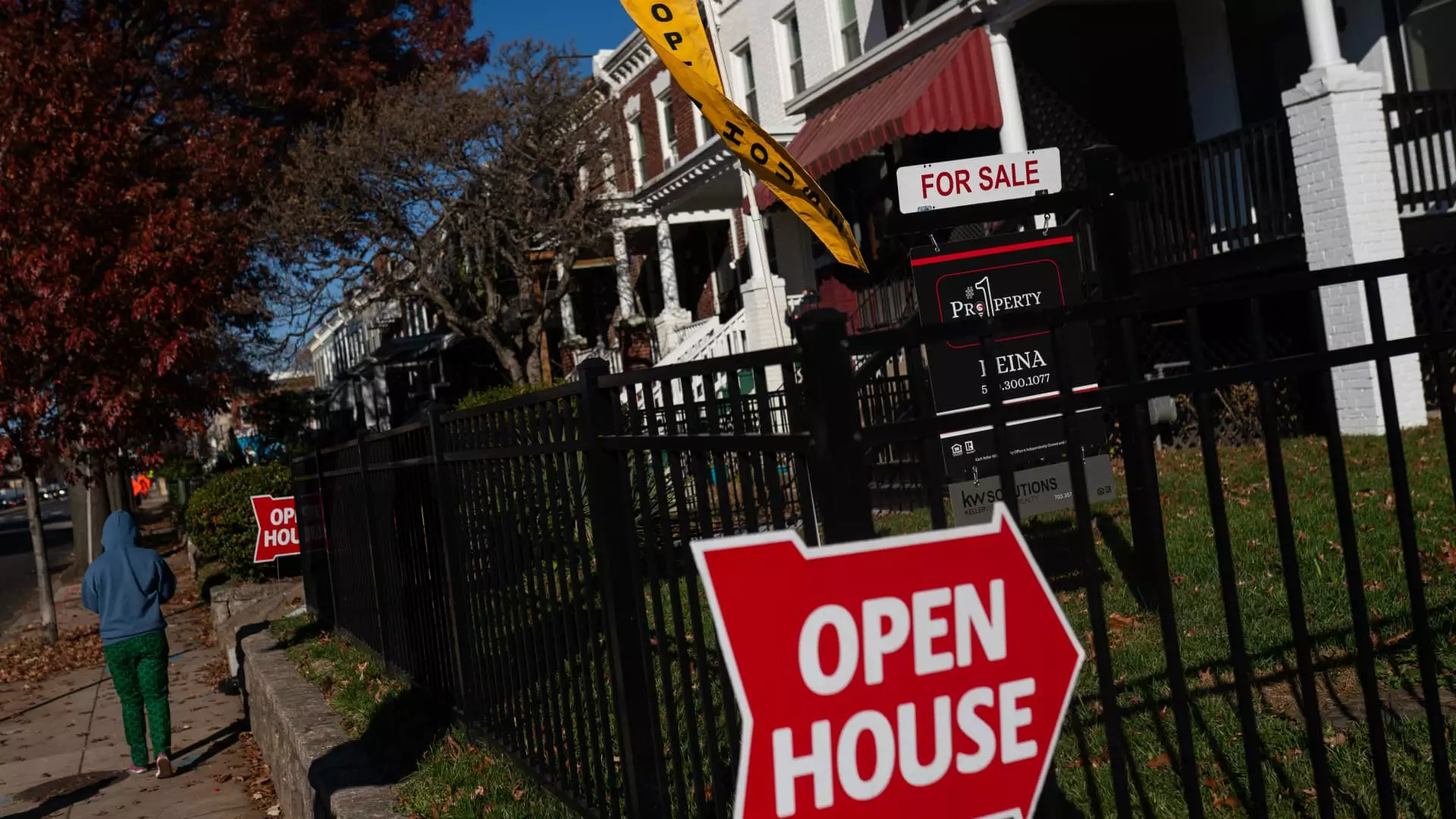Wes Moore, the Governor of Maryland, offers a poignant narrative of personal struggle that resonates with many Americans grappling with the current landscape of housing affordability. At a mere eight years old, Moore’s mother considered sending him to military school to correct his behavior, a decision that eventually took shape when he was 13. His subsequent experiences at that school were transformative, highlighting the need for support structures in youth development. However, it was not just the military school that provided opportunity. Moore’s ability to attend stemmed from the sacrifices of his grandparents, who leveraged their home equity to fund his tuition. This family dynamic of resilience and aspiration contrasts sharply with the grim realities many face today in pursuit of homeownership, as an alarming number of young Marylanders contemplate leaving due to soaring housing costs.
Moore’s story serves as a microcosm of a larger systemic issue: the hurdles faced by potential first-time homeowners. The statistics indicating that around 30% of young Maryland residents are contemplating leaving the state to escape high housing expenses are more than mere numbers; they represent a looming crisis in the American Dream. Housing, once considered a cornerstone of wealth accumulation and stability, is becoming an unattainable goal for many.
The Harsh Reality of Homeownership
A recent report from the Joint Center for Housing Studies at Harvard University sheds light on the burgeoning housing crisis. It states an unsettling trend: the number of cost-burdened renters, those who allocate over 30% of their income on rent and utilities, reached an all-time high in 2022. On a national scale, it is disheartening to note that potential homebuyers are being shut out of the market due to unprecedented housing prices coupled with rising interest rates. Many of today’s young adults find themselves in an era where homeownership appears significantly more challenging than it was for their parents and grandparents.
This sentiment is not merely anecdotal; it is substantiated by research from the Urban Institute indicating that median home prices have skyrocketed at a pace that has drastically outstripped median household incomes since 1980. The implications of this trend are severe, particularly for those aged 35 to 44, who are statistically less likely to own homes now compared to their counterparts 45 years ago.
The Wealth Gap Widening
The effects of homeownership on wealth accumulation cannot be overstated. Jun Zhu from the Urban Institute articulates the fundamental relationship between home equity and wealth creation. Without the means to purchase a home, the opportunity for significant financial growth diminishes sharply. If we extend this discussion to demographic disparities, we find an alarming racial divide in homeownership rates. The Black homeownership rate, while showing a recent upturn to 44.7%, still falls significantly behind the white homeownership rate of 72.4%. This stark contrast illuminates an inescapable truth: racial inequity in housing not only stifles individual voices but also perpetuates cycles of poverty and disenfranchisement.
Systemic Obstacles and Policy Failures
An examination of the underlying factors reveals systemic challenges that extend far beyond mere financial limitations. A centerpiece of these issues is education, or rather, the distinct lack of pathways to educational success for those in the lowest income brackets. The Urban Institute’s findings stress that individuals from lower-income backgrounds are less likely to possess college degrees, further compounding their struggle to attain homeownership. Coupled with marital status rates—where married couples typically enjoy higher homeownership—these societal norms aid in the preservation of wealth disparities.
Moreover, as Nadia Evangelou of the National Association of Realtors points out, despite the uptick in Black homeownership rates, comprehensive changes are still required to make owning a home a realistic goal for all. Without intervention, the trend of renting rather than owning threatens not only individual prospects but also the broader economic landscape.
Possible Solutions on the Horizon
To navigate this quagmire, we must advocate for policy reforms that tackle the root causes of housing inequity. This can include down payment assistance programs, educational initiatives aimed at low-income households, and the promotion of increased housing production by relaxing zoning restrictions. Policymakers have the opportunity to create a landscape where homeownership is not just an elusive dream but a tangible goal for many deserving families.
Addressing these issues through a center-left approach underlines the urgency for progressive policies that tackle socioeconomic gaps, promote equity, and ultimately, enhance the quality of life for all citizens. It’s time for us to not just envisage a solution but to take deliberate steps towards making it a reality.


Leave a Reply